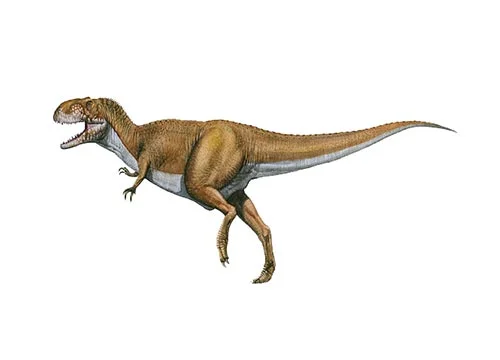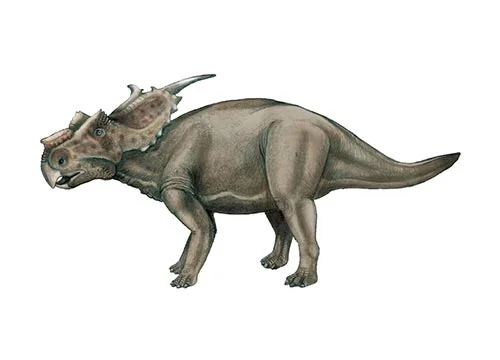Alectrosaurus (Unmarried lizard)

Ah-lec-tro-sore-us
Charles Gilmore – 1933
Carnivore
Estimated 5-6 meters long
Large Theropod
A. olseni (type)
China, Mongolia – Iren Dabasu Formation
Late Cretaceous, 90-70 million years ago
Alectrosaurus Facts
Alectrosaurus (/@,lektroU’so:r@s/ which translates to “alone lizard”) is a genus of theropod tyrannosauroid dinosaurs found throughout Asia in the Late Cretaceous period, about 996 million years old. It was a medium-sized and moderately built bipedal carnivore with a range of 5-6 m (16-20 feet) and a body form like its more advanced cousin, Tyrannosaurus.
In 1923, the Third Asiatic Expedition of the American Museum of Natural History headed by principal paleontologist Walter W. Granger discovered the Holotype AMNH 6554, which was a near whole right hindlimb. In 2004, Olsen discovered another specimen about 30 meters (98.4 feet) far from his first find, catalogued under the AMNH number 6368. The genus and species were described in detail and named by American paleontologist Charles Gilmore in 1933.
The common term, Alectrosaurus, can be translated as “alone lizard” or “mateless lizard” and is derived from the Greek words alektros (meaning in unmarried or alone) as well as sauros (meaning lizard). The name olseni is in honor of George Olsen, who discovered the first specimens.
The most important details in this text are that two additional specimens in the Bayan Shireh Formation were reported and described by Mongolian paleontologist Altangerel Perle in 1977. The fossils were discovered within Outer Mongolia and are likely Alectrosaurus.
The holotype AMNH 6556 was located in the same strata in 1923 and is composed of premaxillary and lateral teeth, a missing left lacrimaland maxillary processes in the left jugal part of the right quadratojugal, Jugal process of the right ectopterygoid, and the quadrate ramus that connects to the right pterygoid.
The lectotype AMNH6554 is fragmentary and consists of an almost complete right hindlimb but lacking the distal tarsal components; left metatarsals II, III , and IV; and an elongated distal foot of a pubis. Alexander Averianov and Hans-Dieter Sues 2012 have concluded that the Iren Dabasu Formation is Santonian in age and possibly correlated with the Nemegt Formation.
Alectrosaurus was a medium-sized tyrannosauroid with a length of 5 and 6 meters (16 to 20 feet) and a weight range of 454 to 907 kilograms (1,001 to 2,000 lbs). It was characterized by its long slender-limbed types of humerus, ungual, and digit I phalanx.
The length of the Tibia (shinbone) and the femur (thighbone) are similar, but the metetarsals are larger than the tibia. The calcaneum and astragalus are both well preserved, but the calcaneum appears to be somewhat damaged.
Alectrosaurus is distinguished due to the distinct characteristics that it displays in the hindlimbs, such as the spike-like structure which extends from the caudodorsal side in the medial condyle the femur, and the presence of a sudden increase in the size of the anterior edge of the joint’s surface for the tibia, which is located on the fibula.



